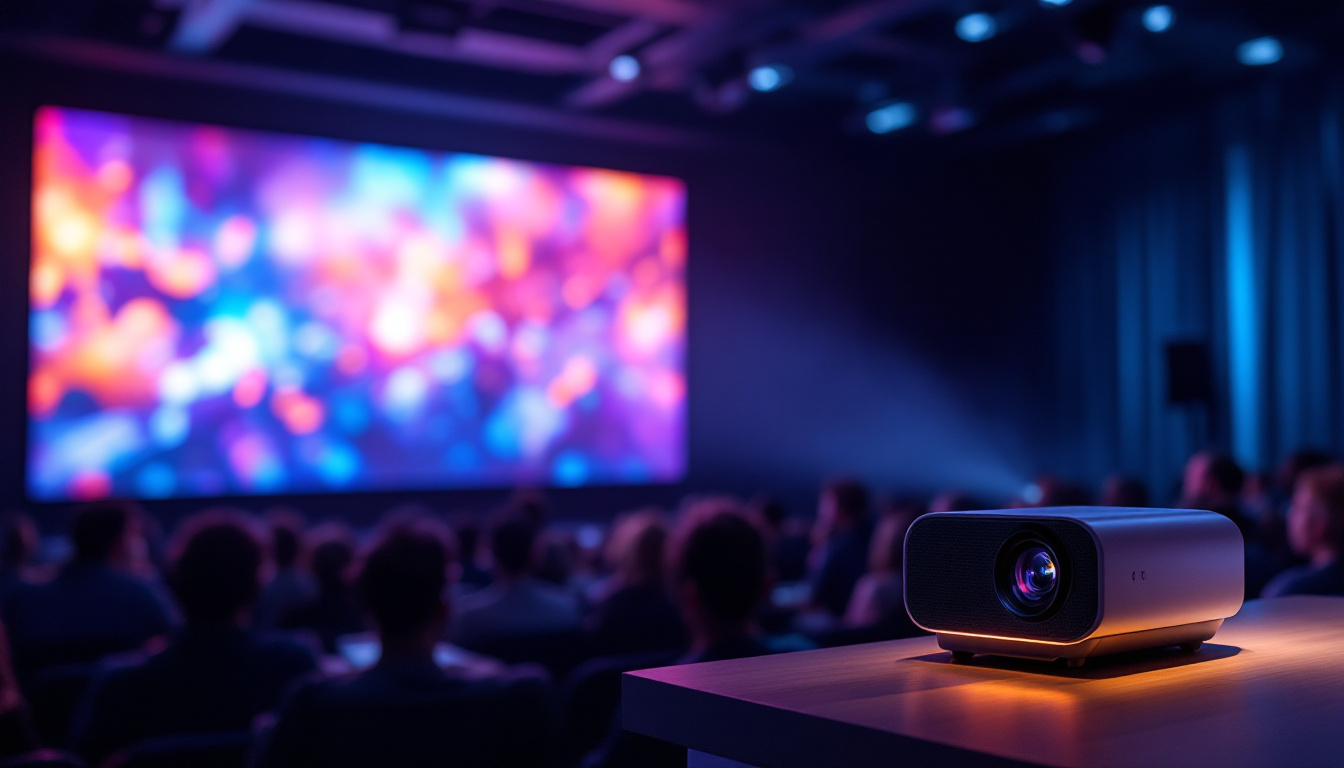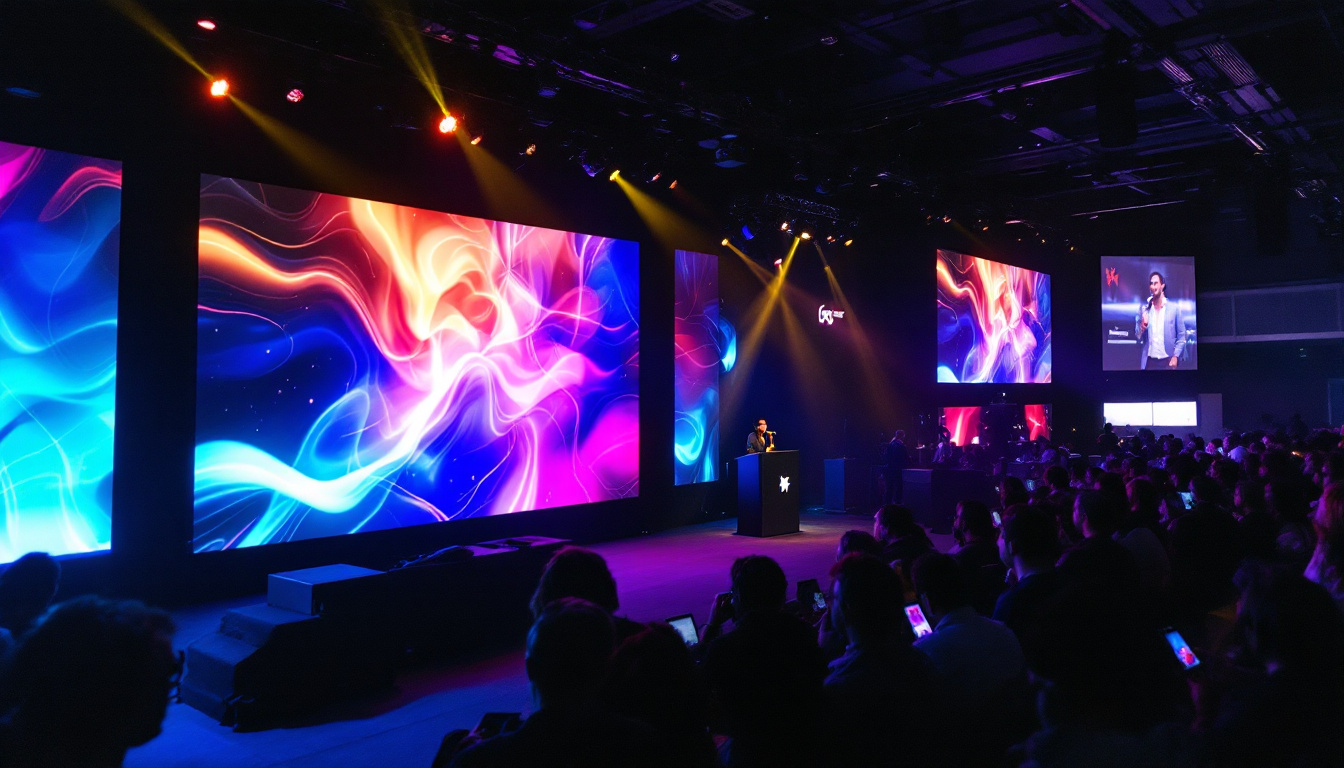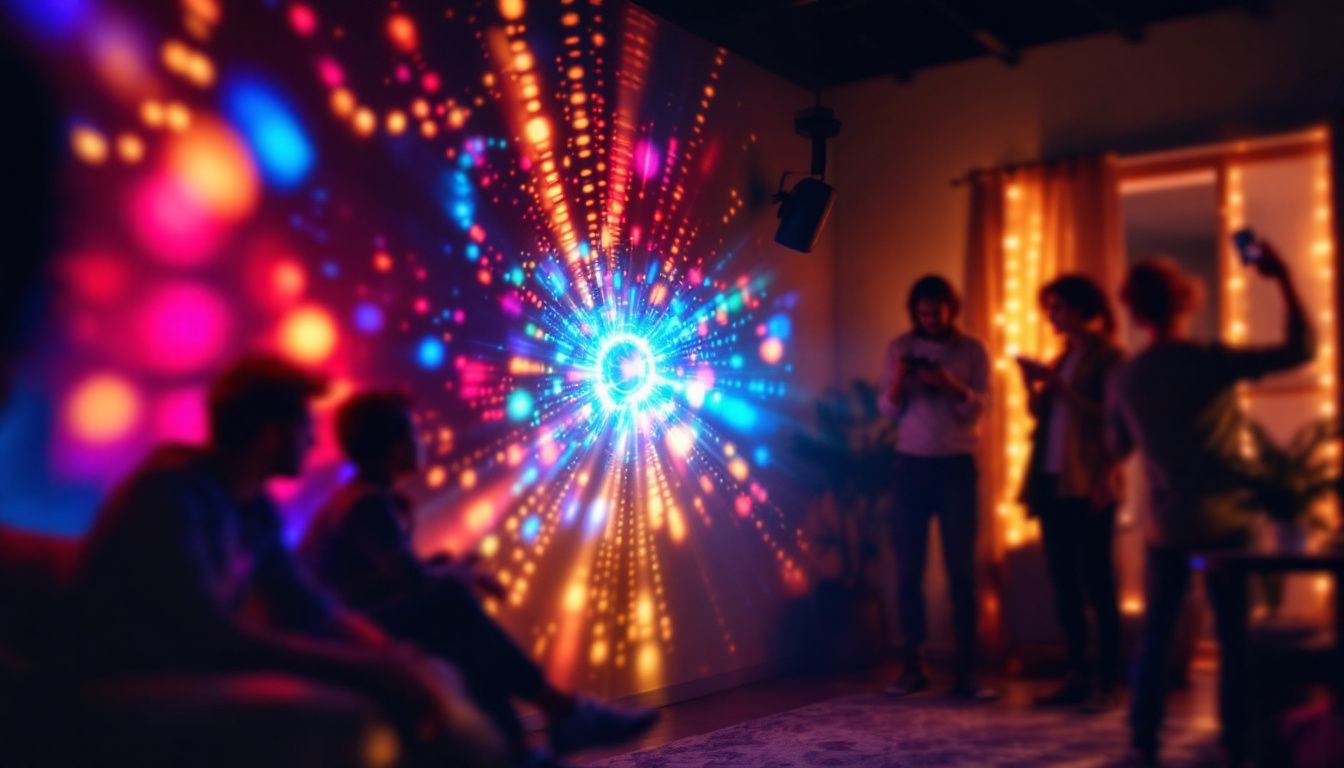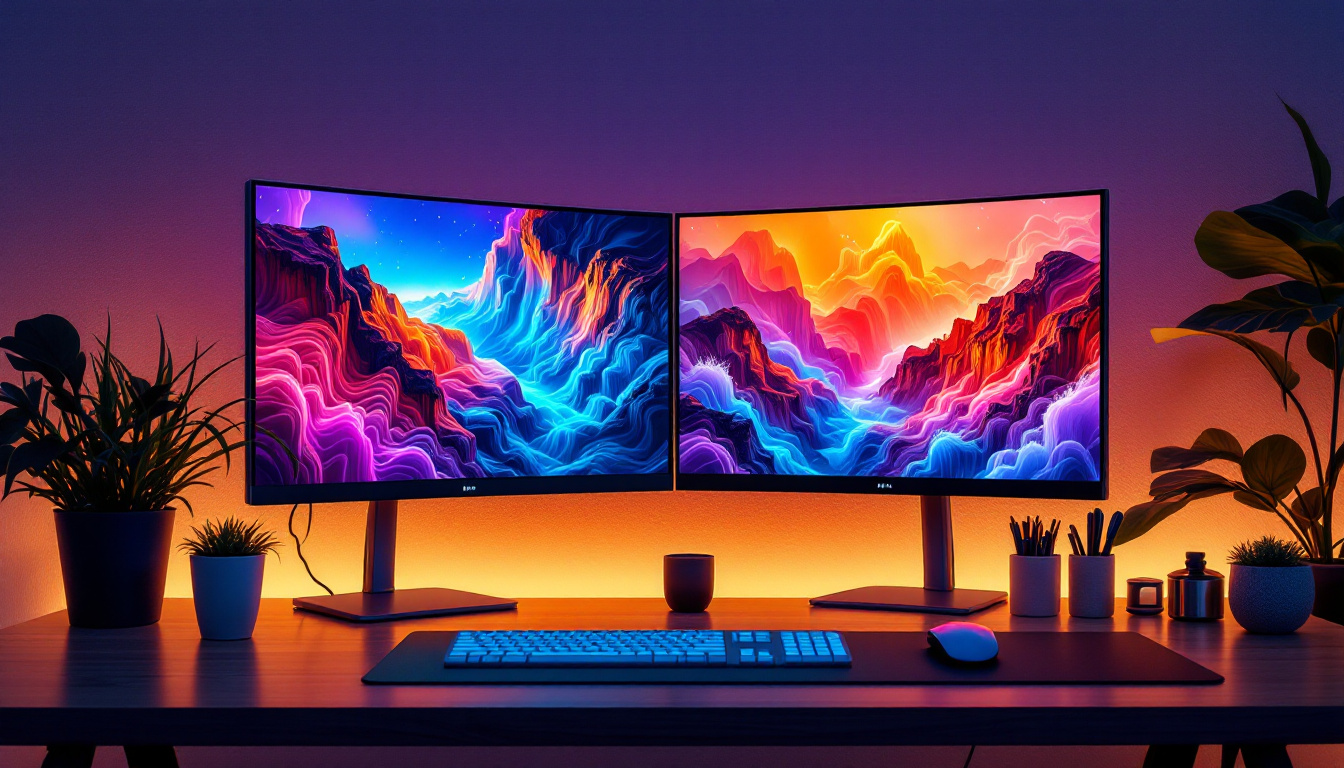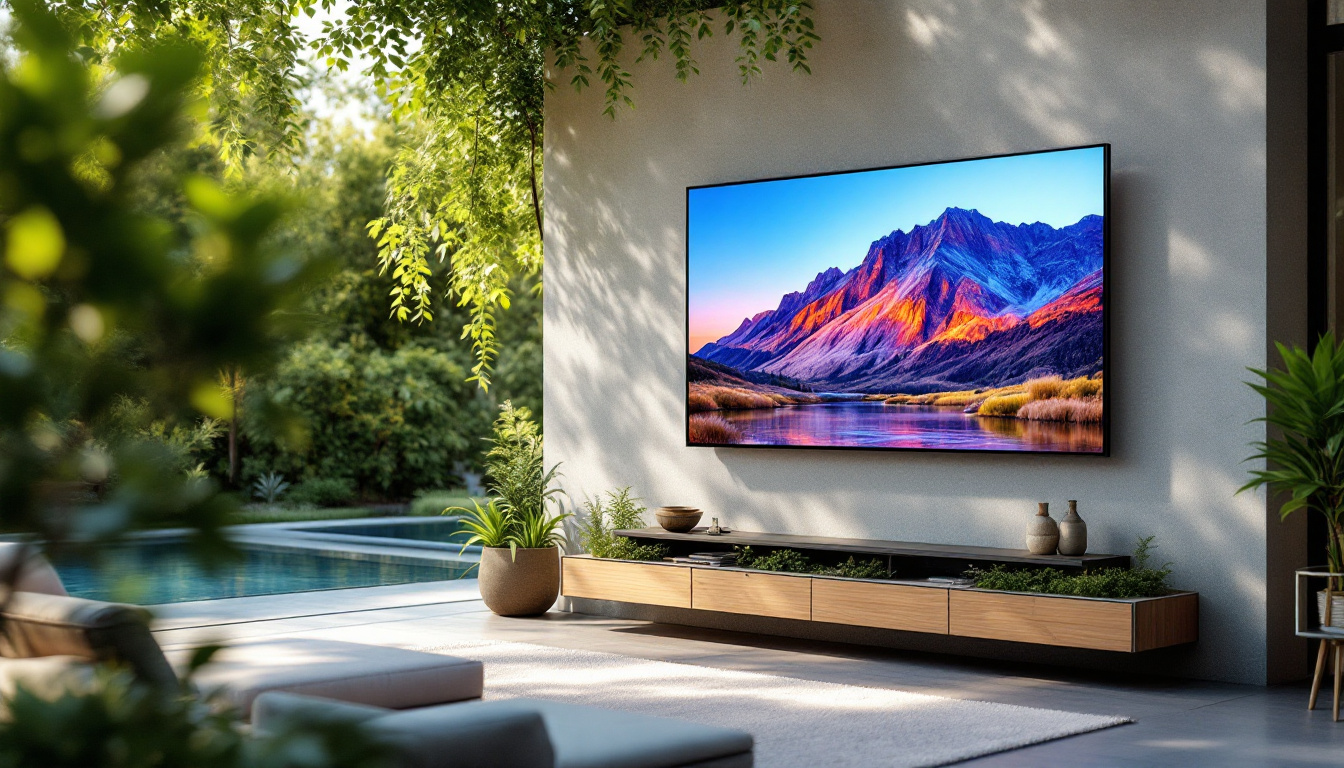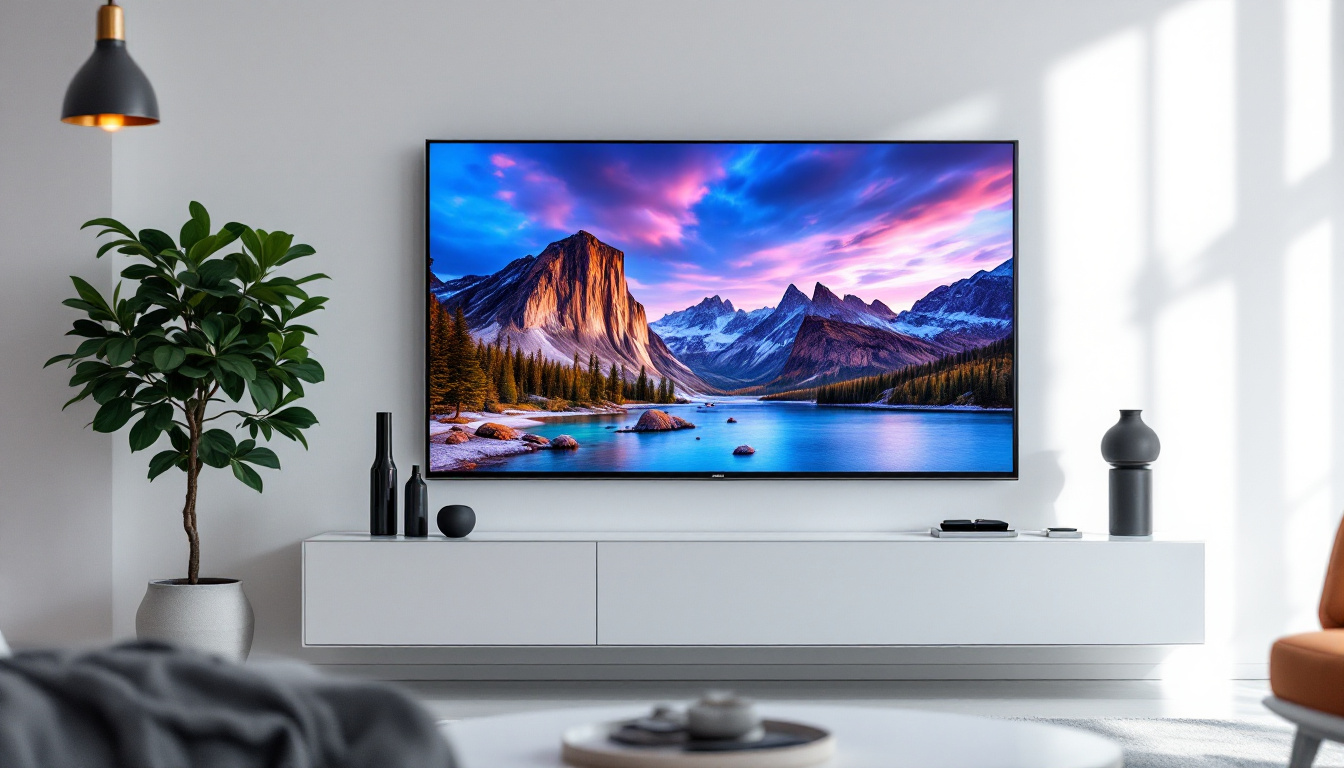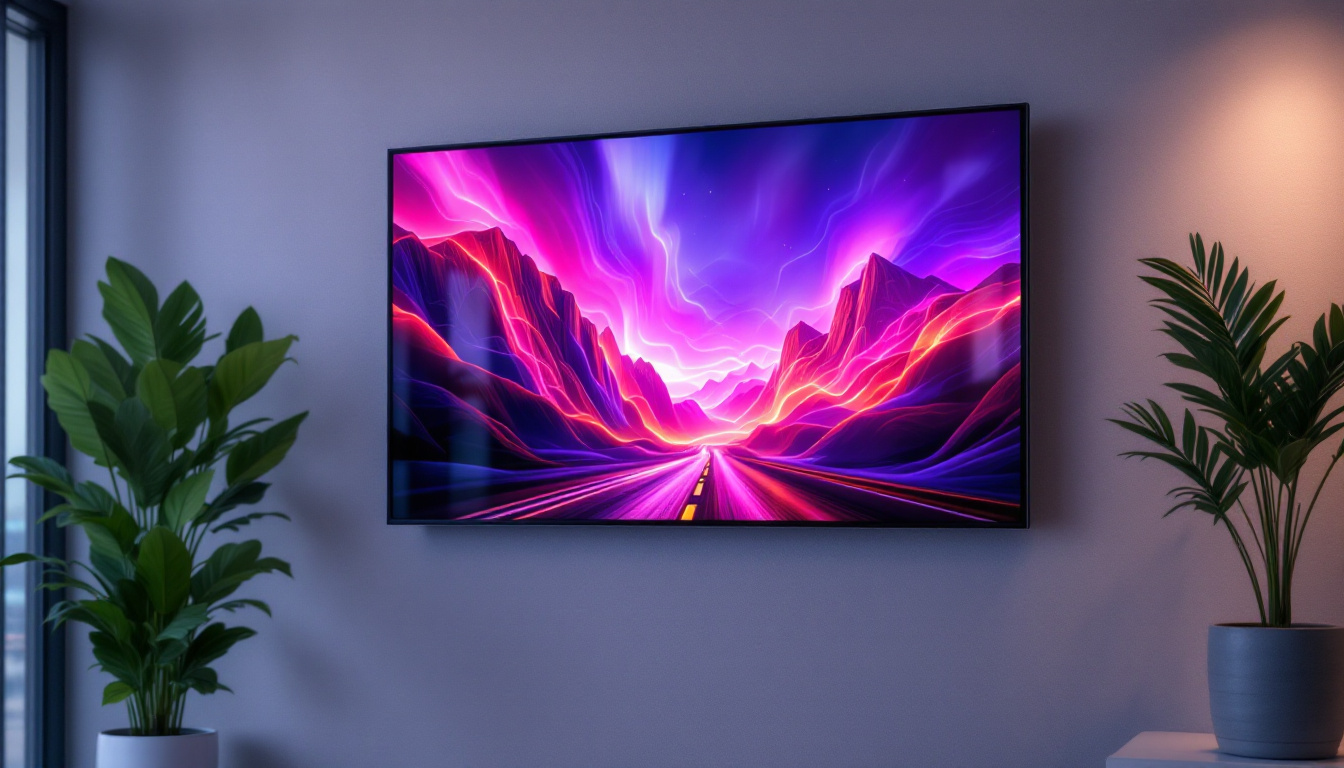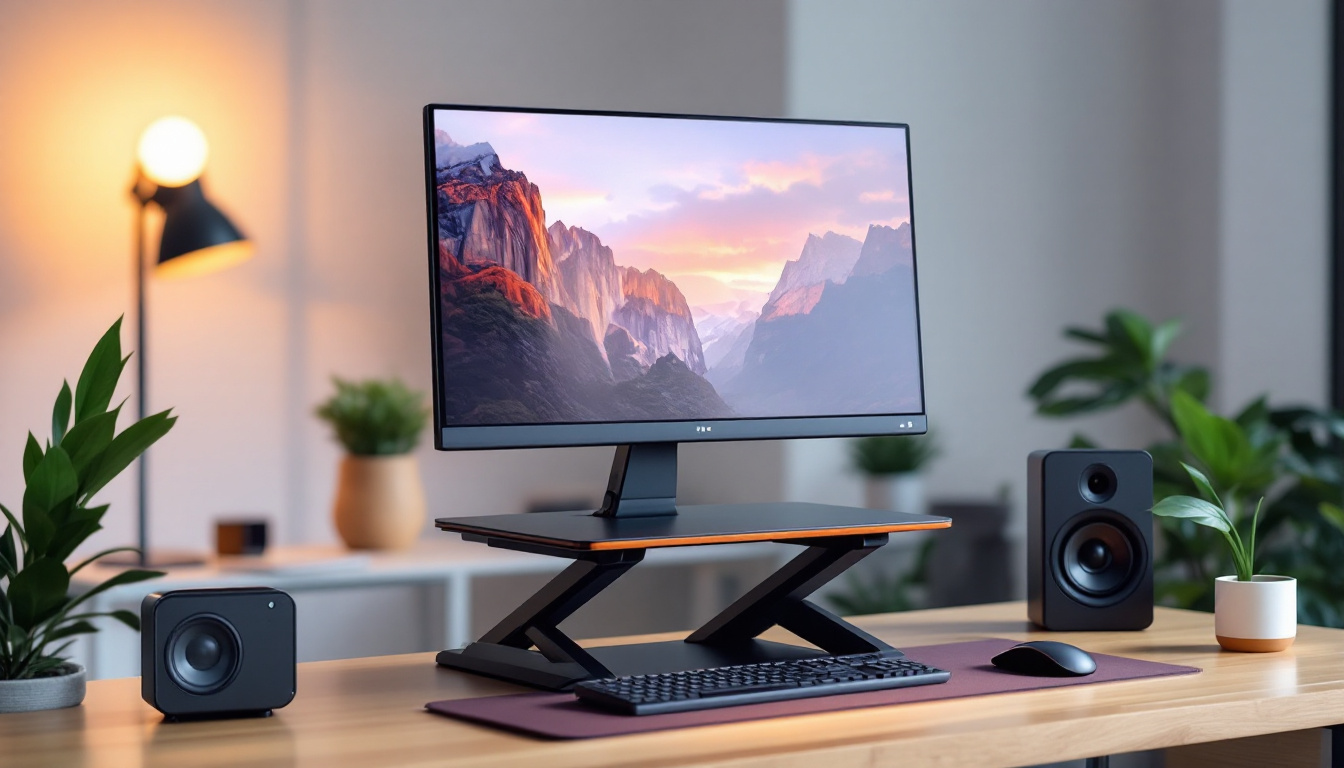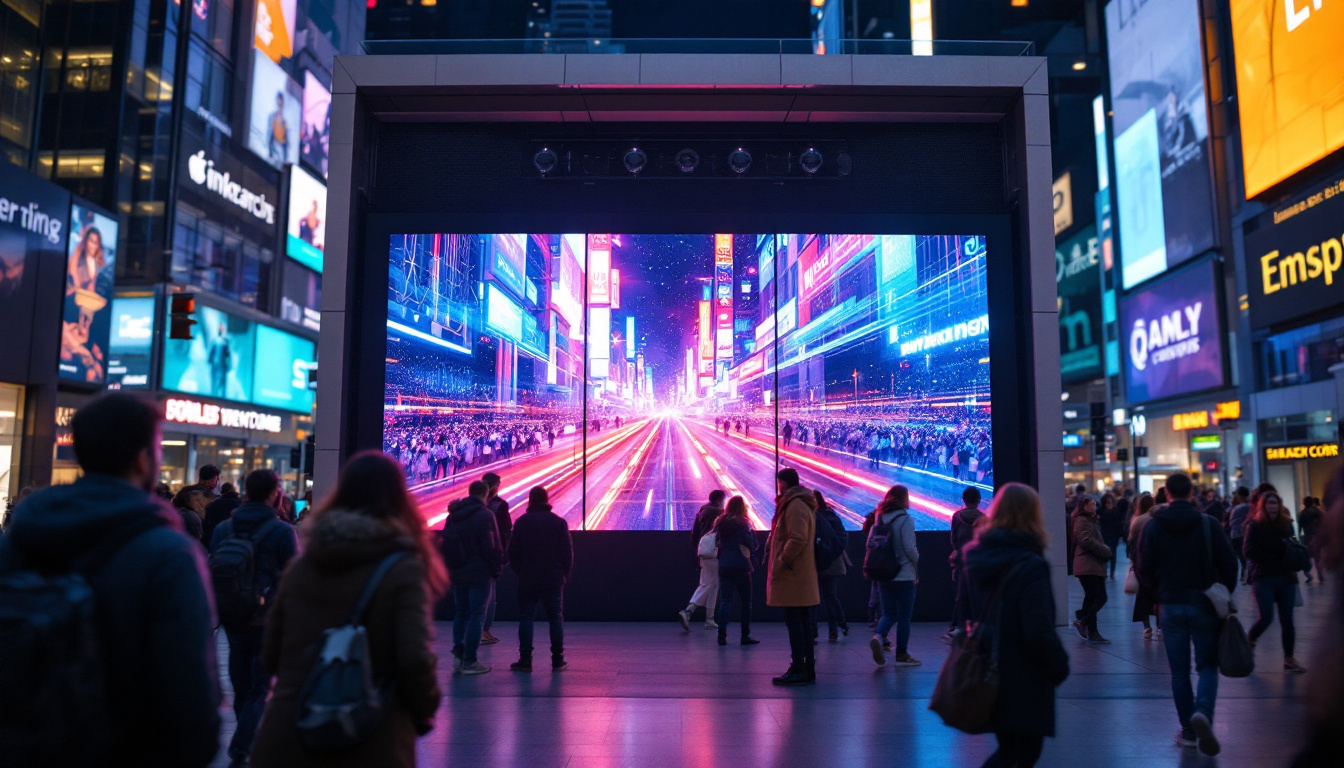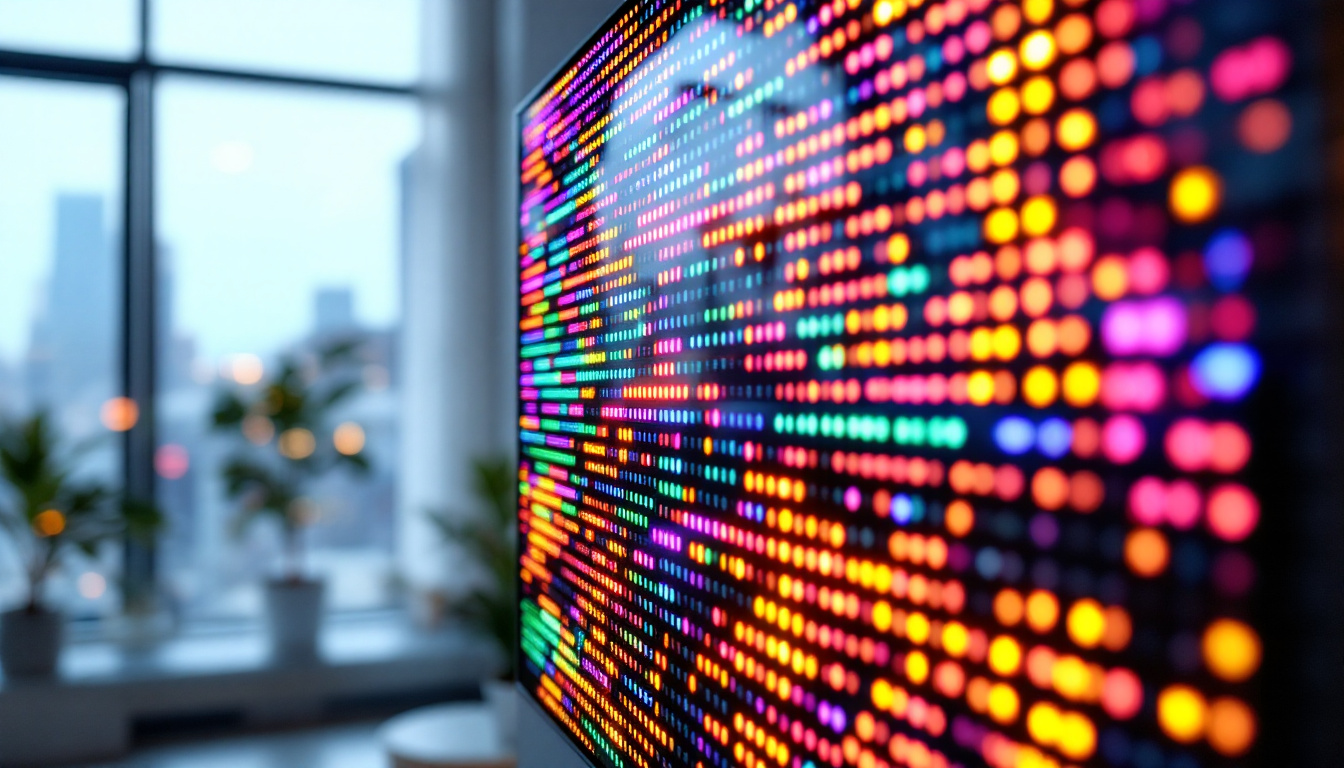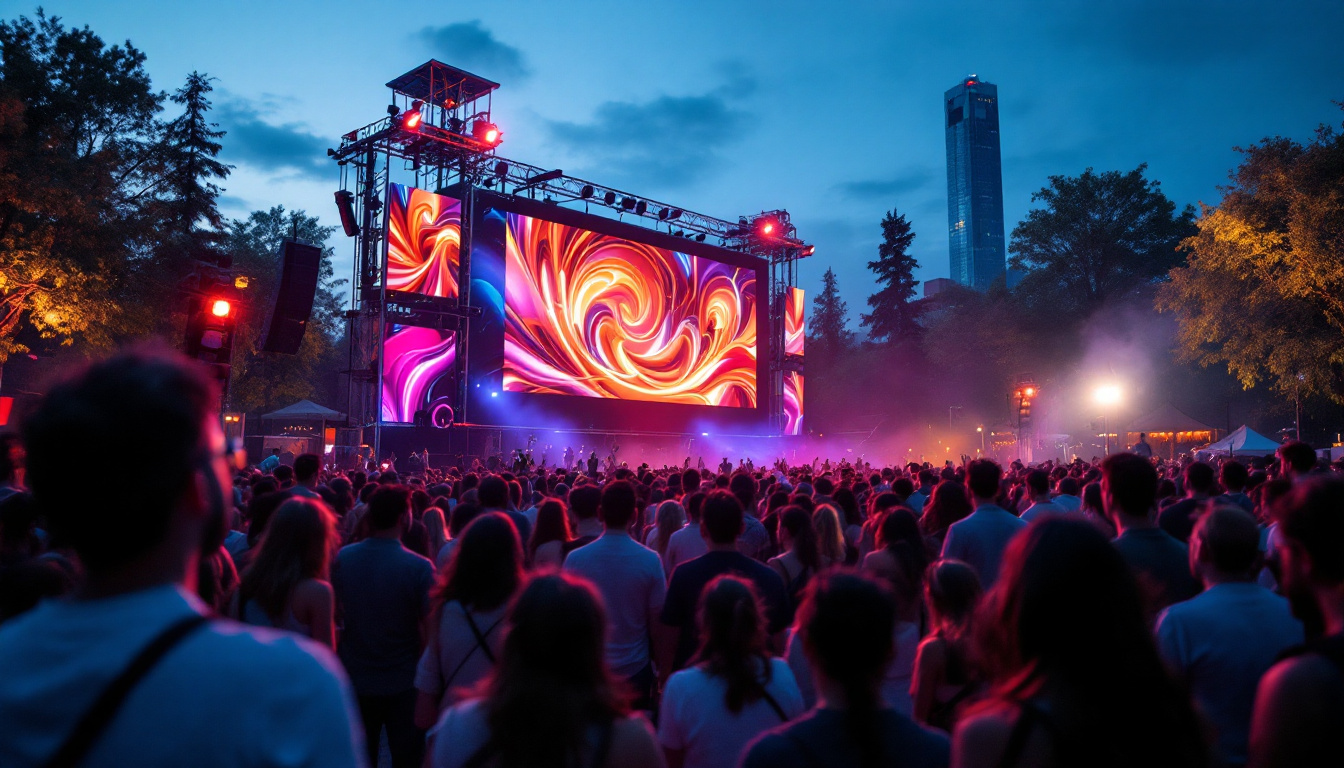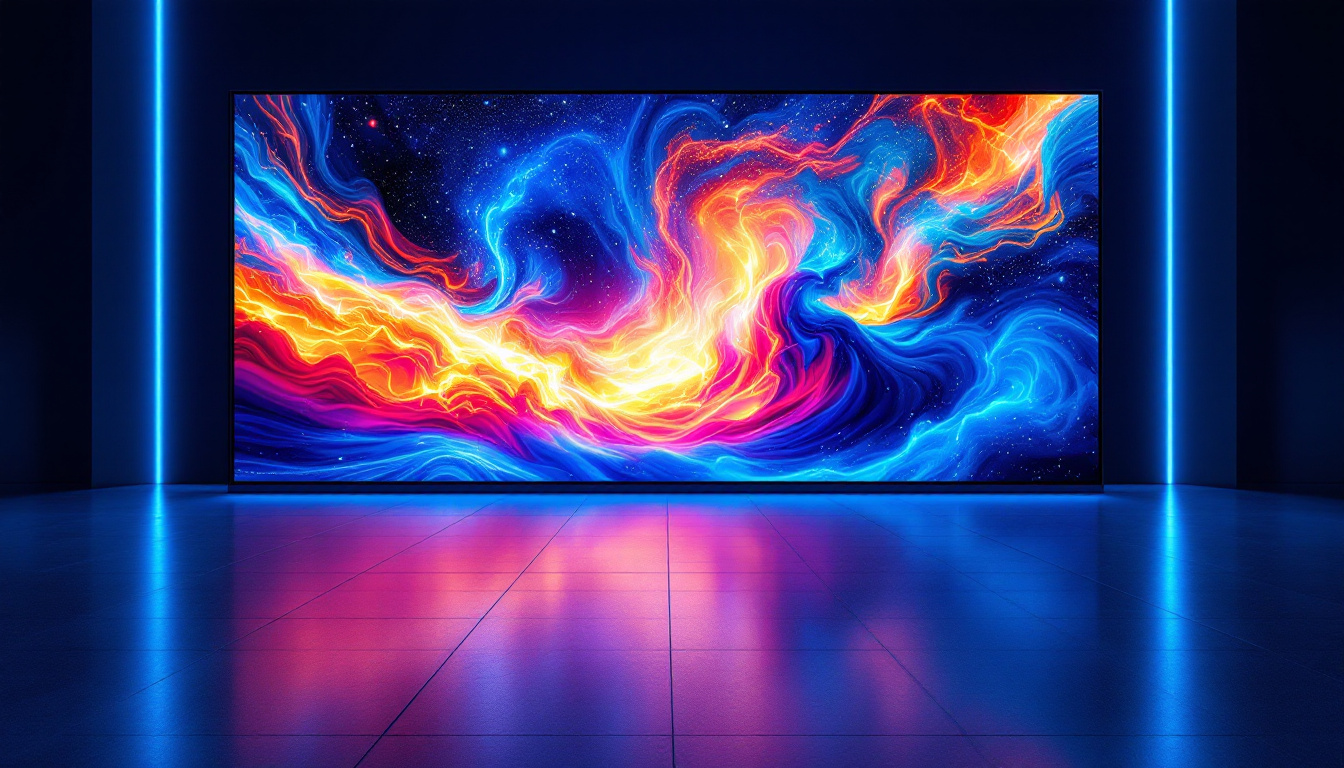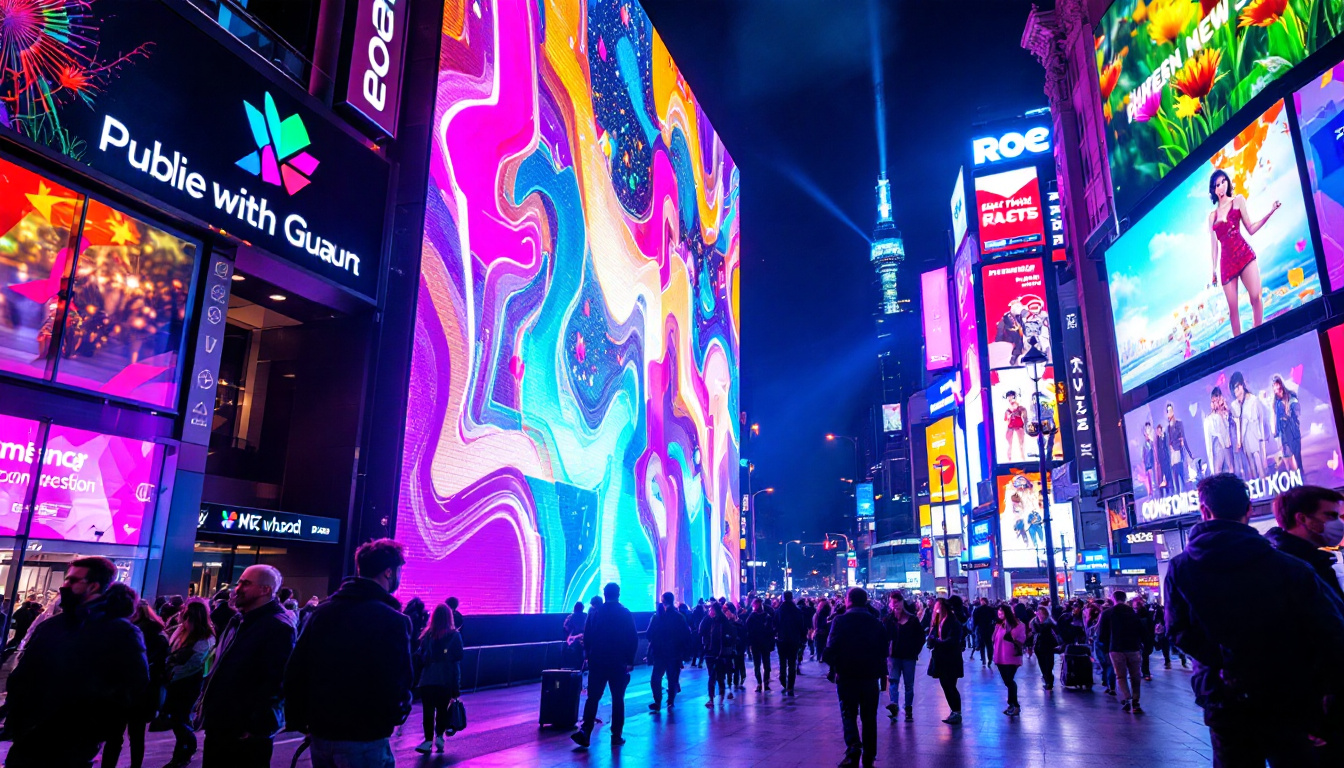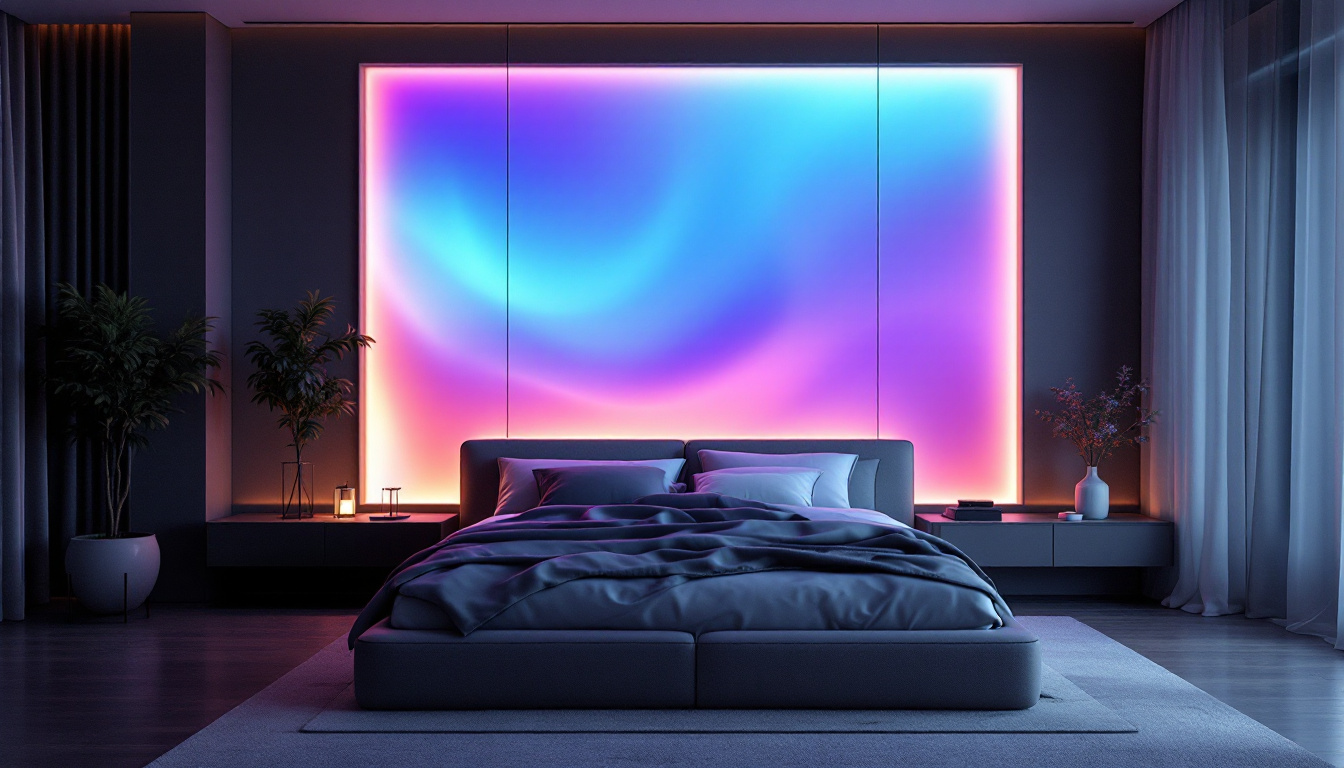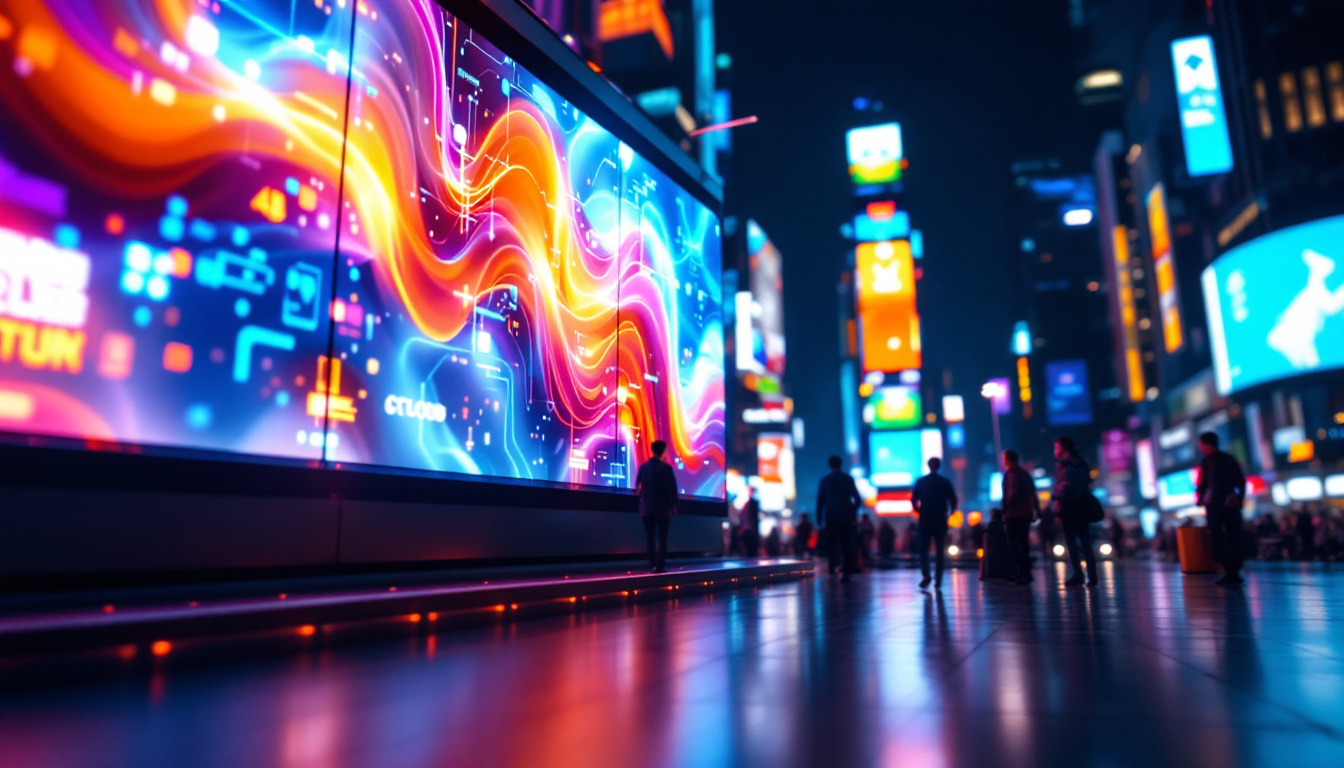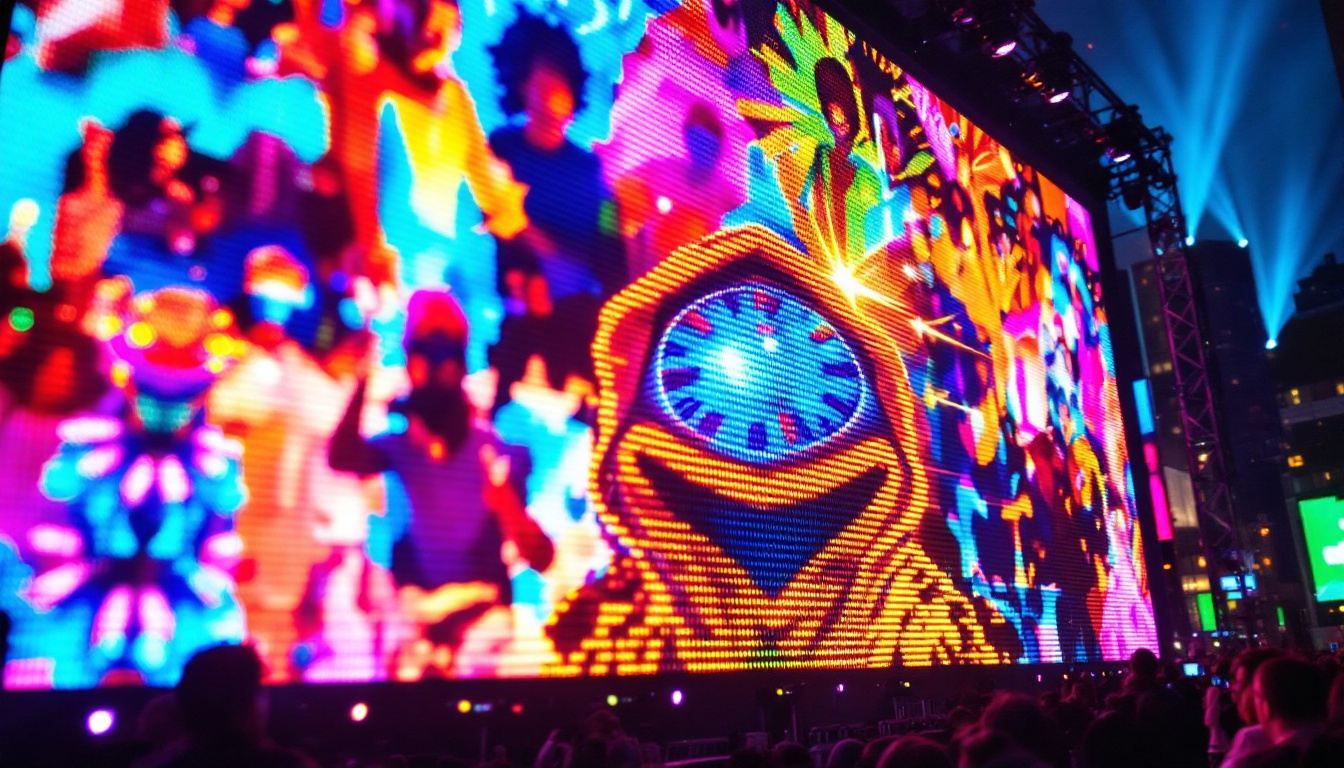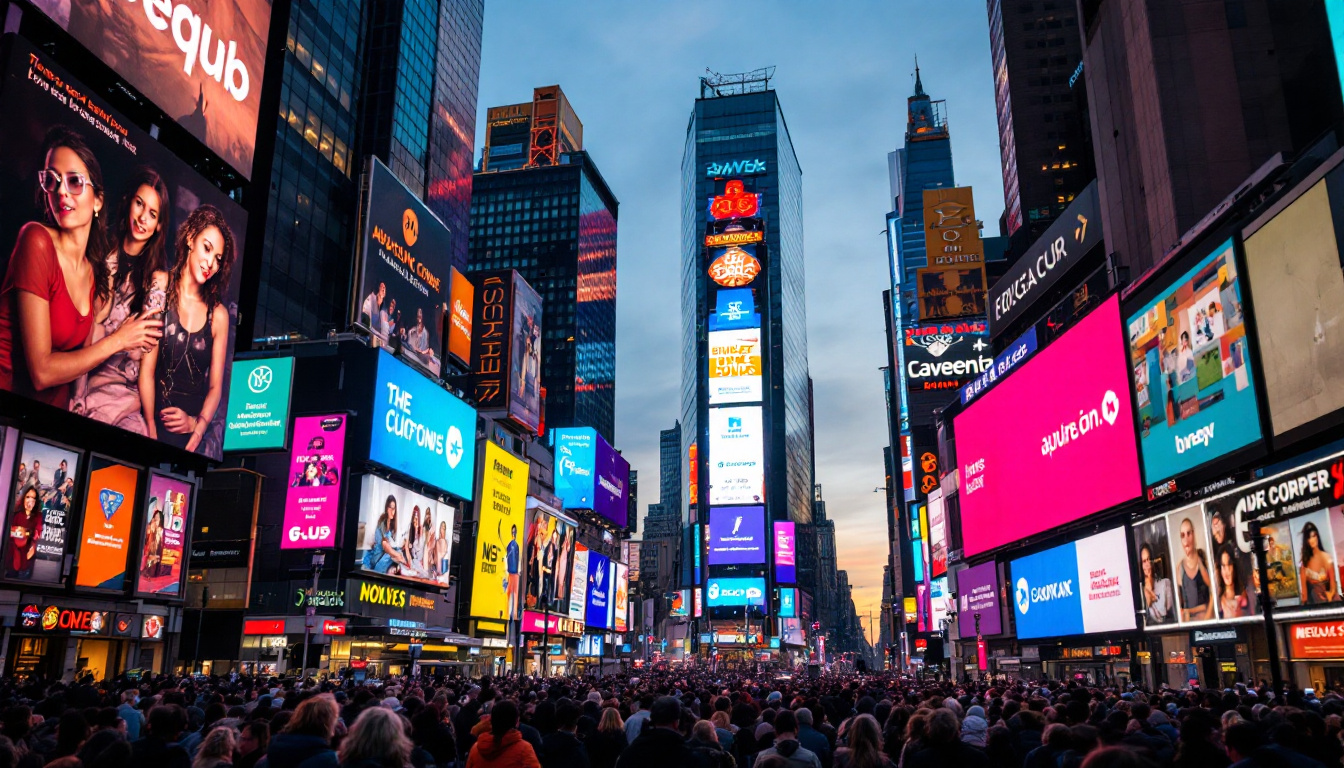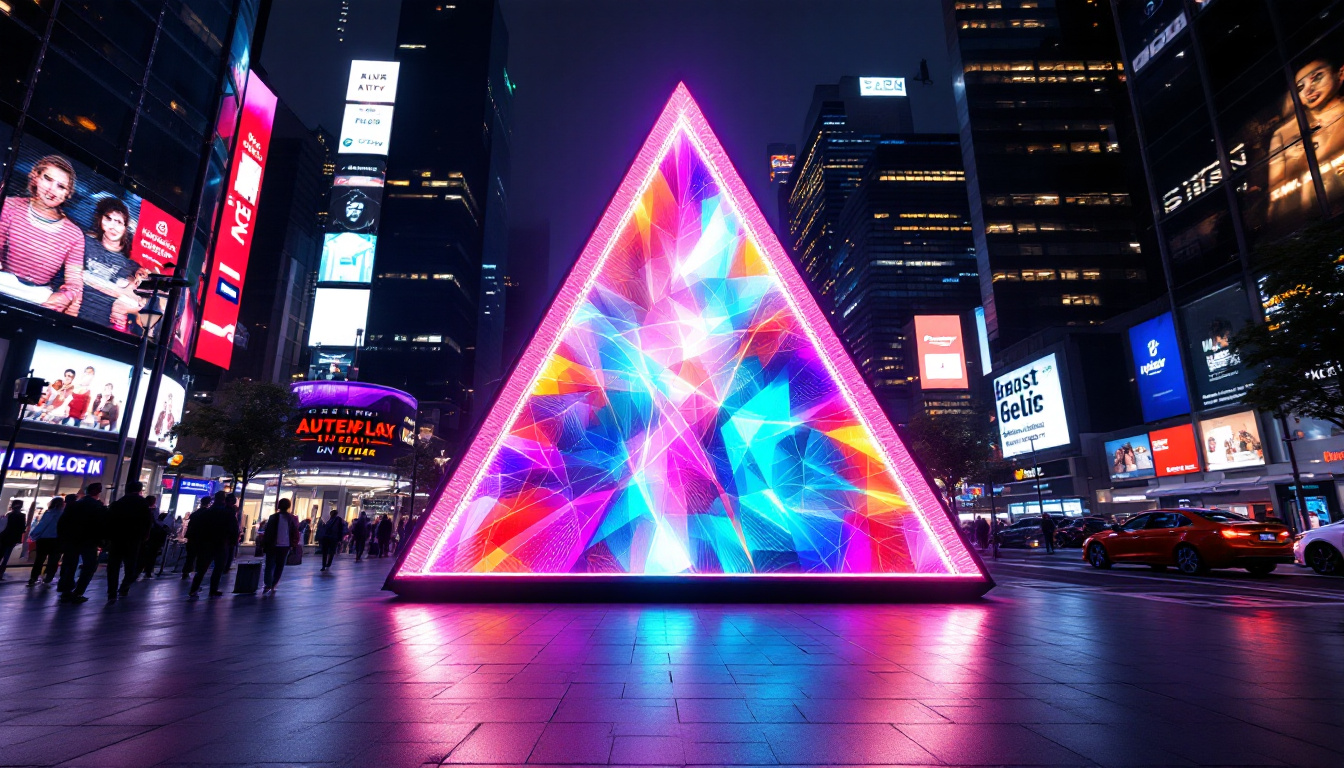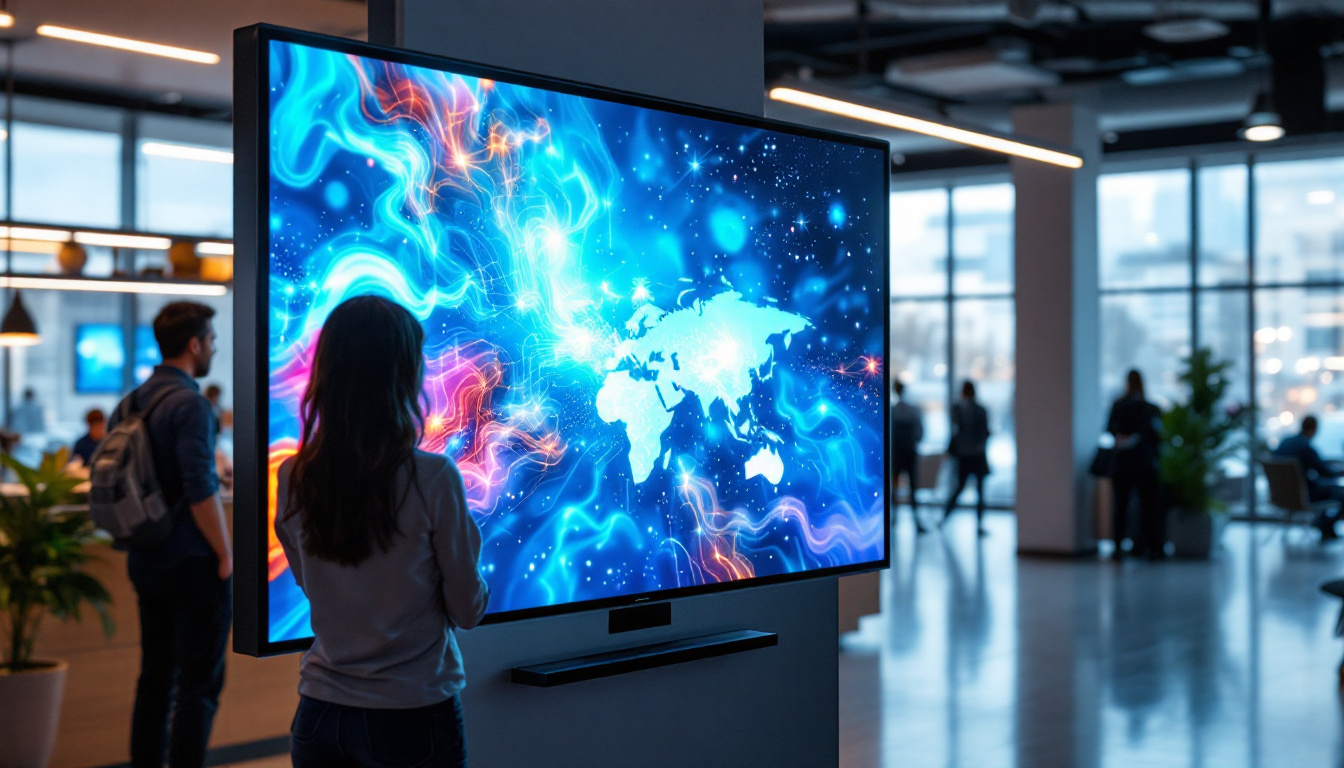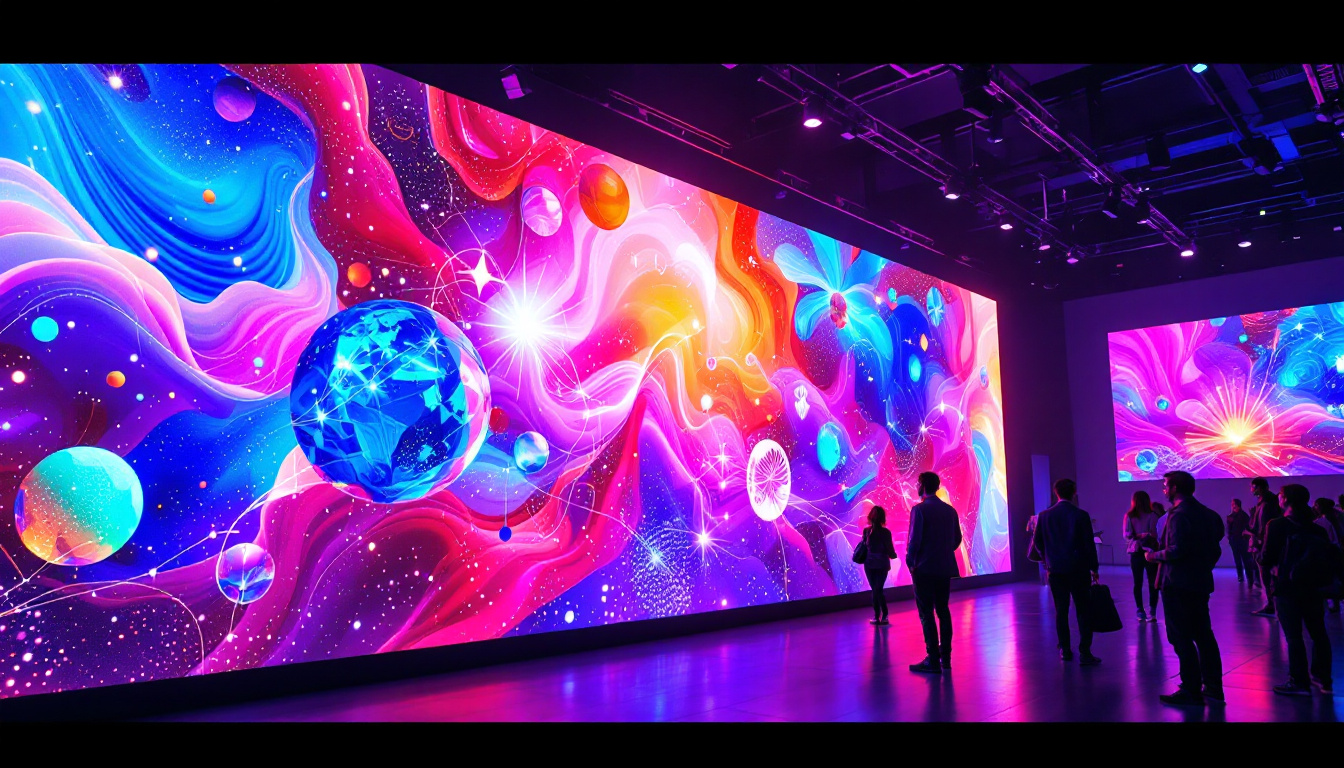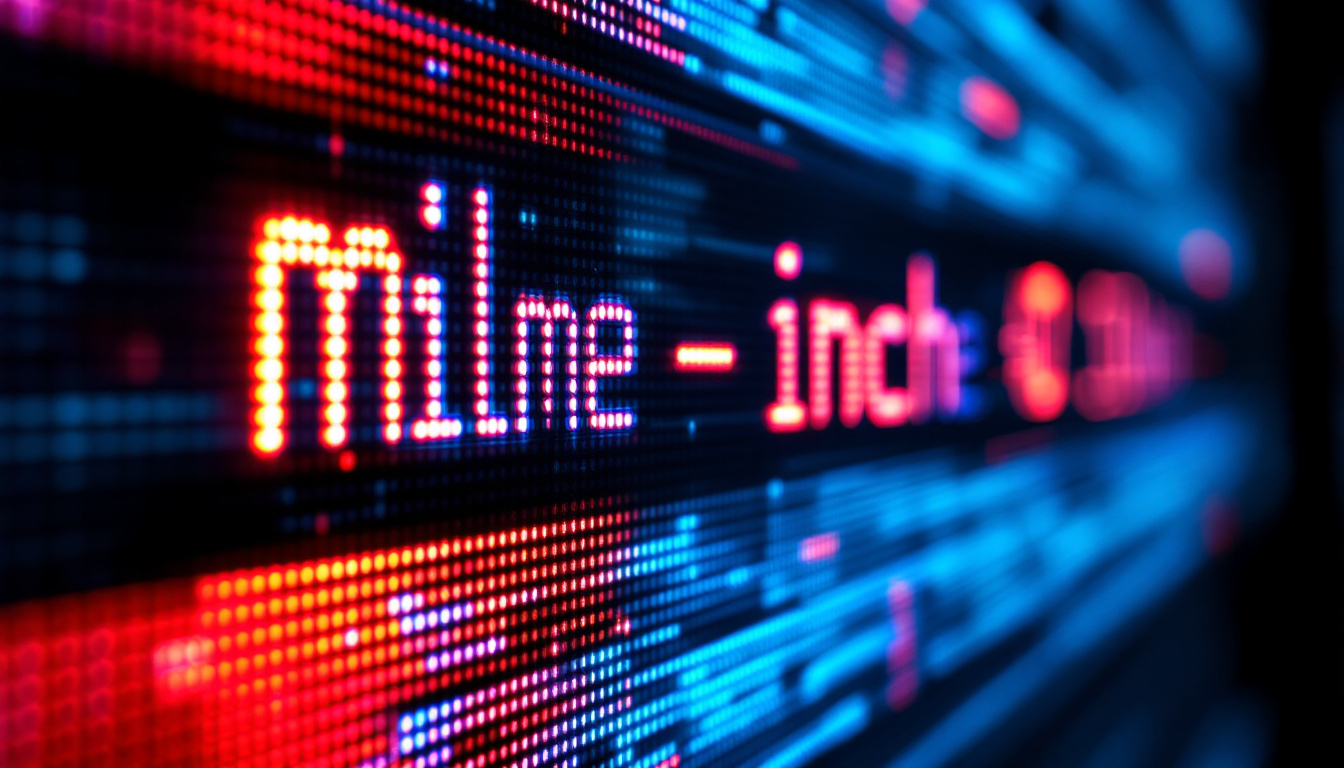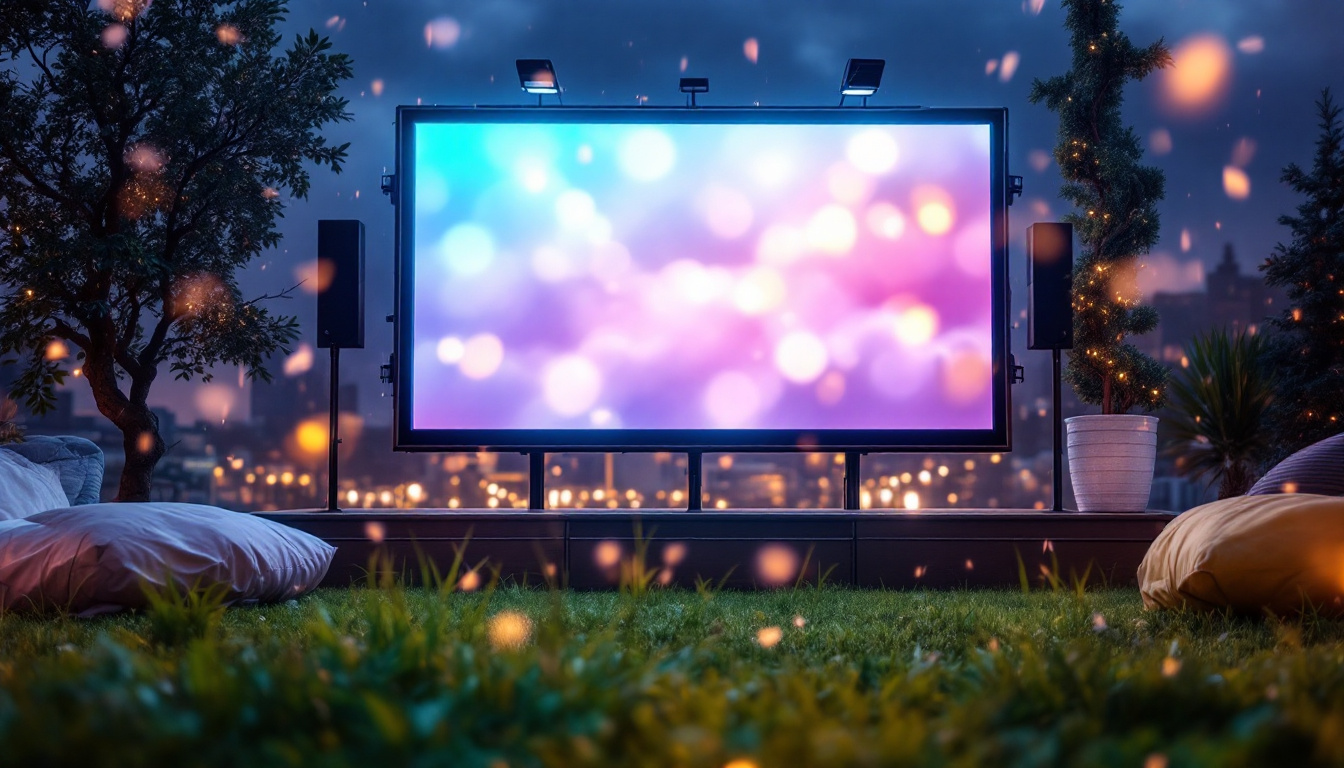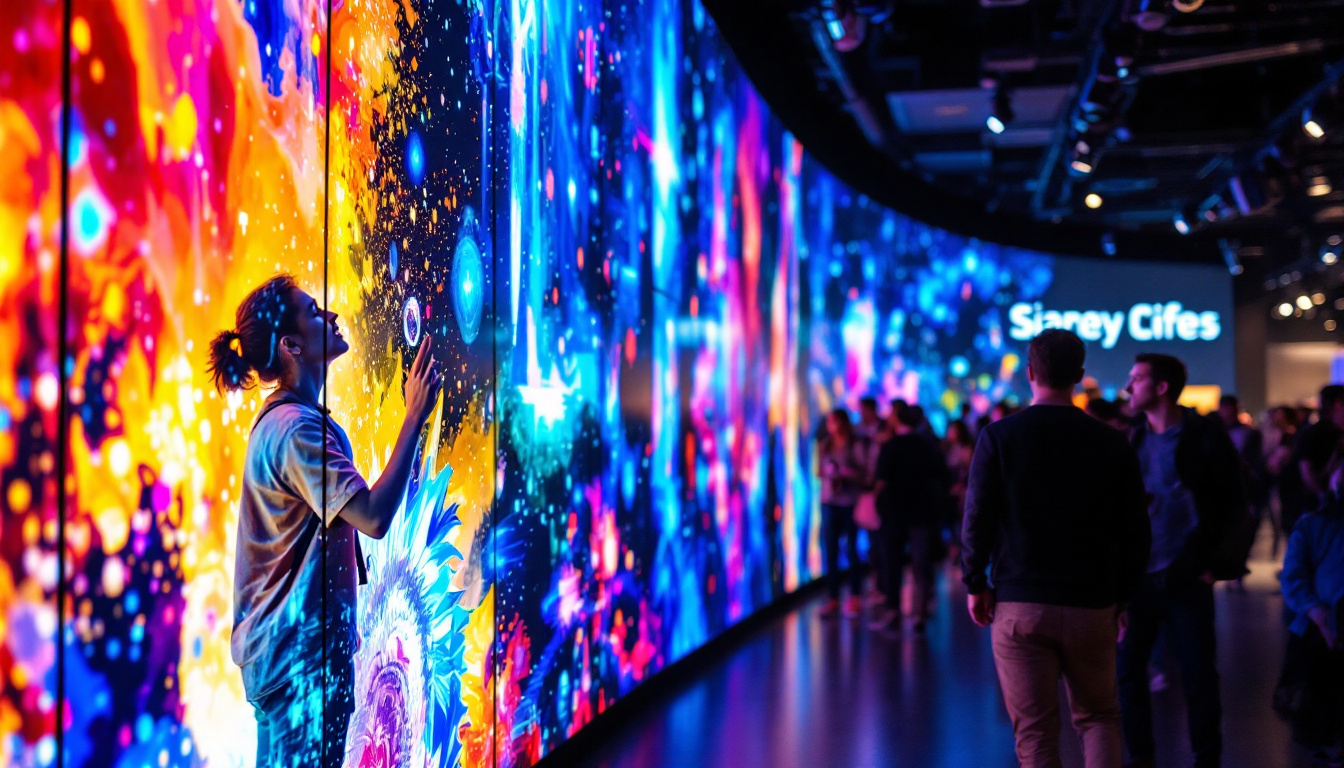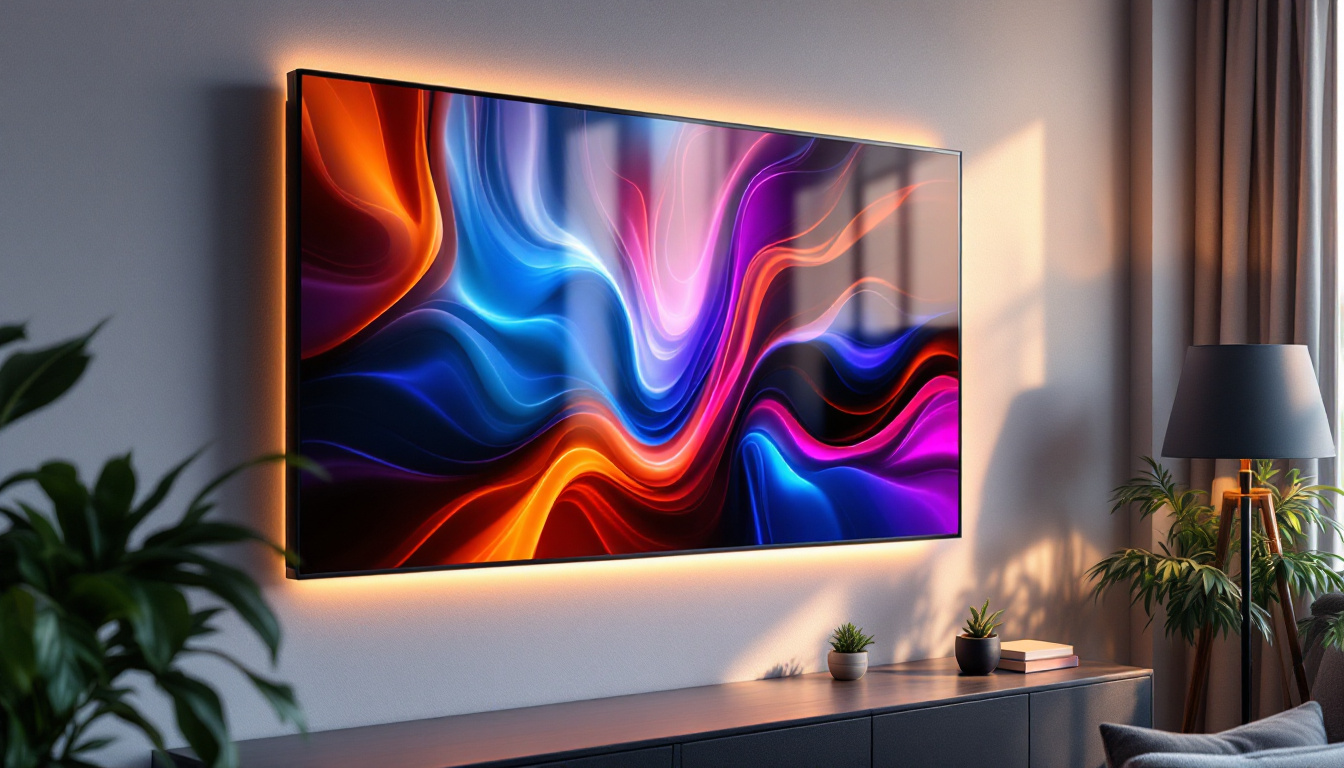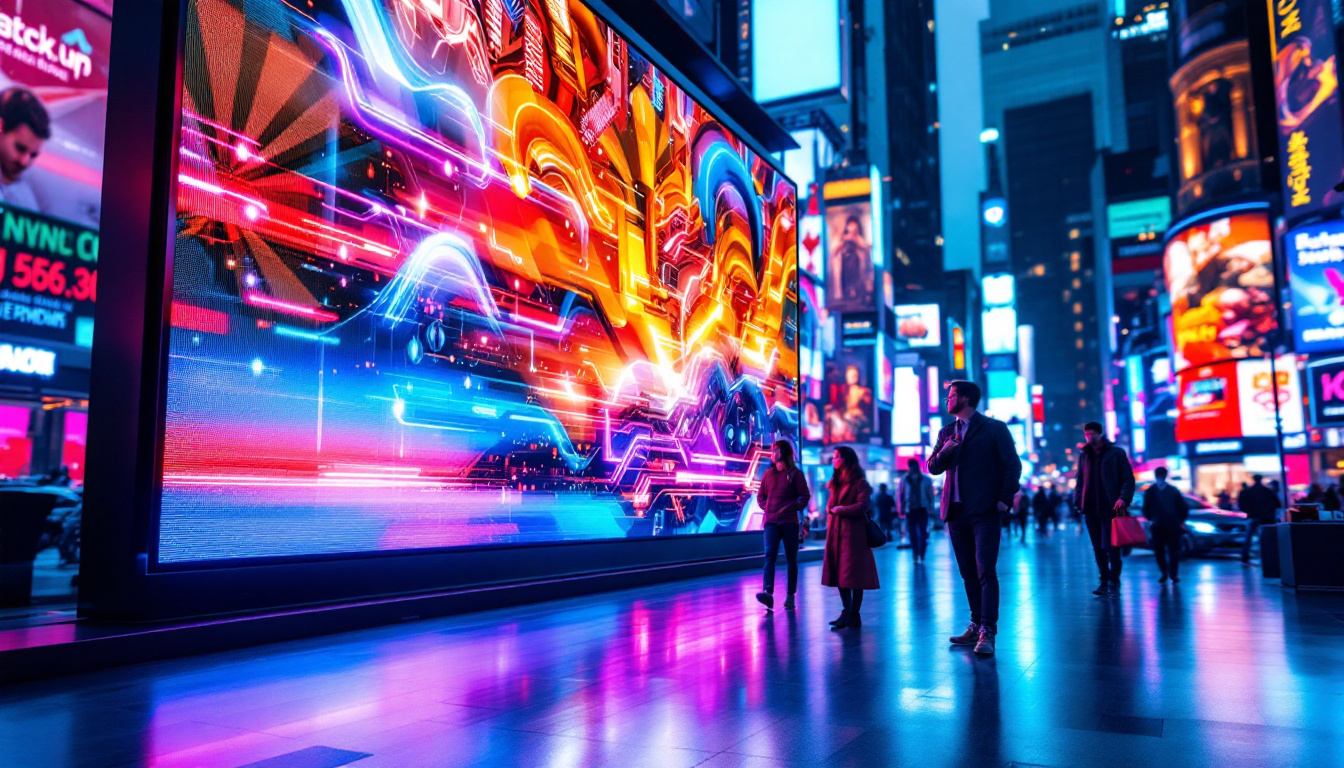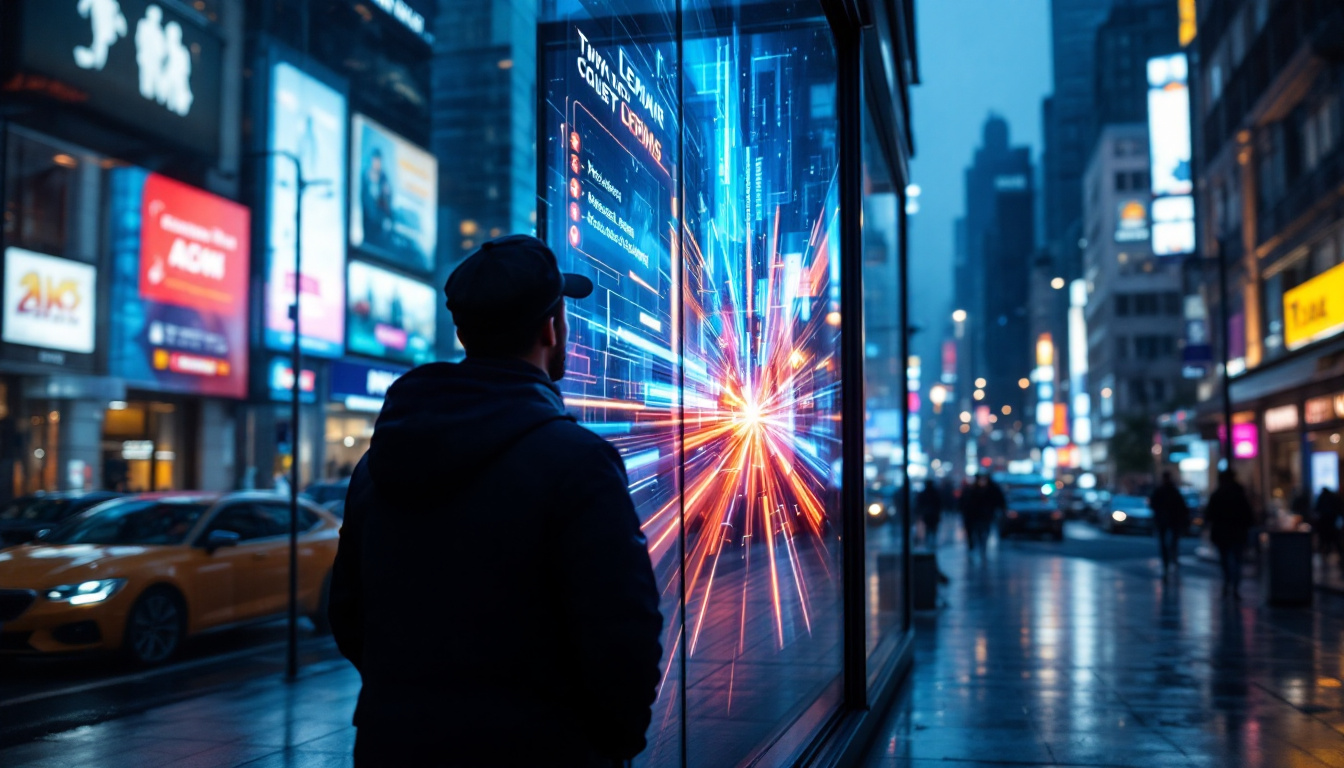In the realm of visual technology, the evolution of display systems has been nothing short of remarkable. One of the most significant advancements in recent years has been the rise of LED displays, particularly in the context of projector screens. This article delves into the intricacies of LED displays, their benefits, and how they have transformed the way we experience visual content.
Understanding LED Technology
Light Emitting Diodes (LEDs) are semiconductor devices that emit light when an electric current passes through them. This technology has been harnessed in various applications, from simple indicator lights to sophisticated display screens. In the context of projector screens, LED technology offers a plethora of advantages that enhance visual clarity and overall viewing experience.
The Basics of LED Displays
LED displays consist of an array of tiny light-emitting diodes that work together to create images. These displays can be categorized into two main types: direct-view and rear-projection. Direct-view LED displays are made up of individual LEDs that form the entire screen, while rear-projection systems utilize LEDs to project images onto a screen from behind.
One of the key features of LED displays is their ability to produce vibrant colors and deep blacks, thanks to the precise control over individual pixels. This capability allows for high contrast ratios and a wider color gamut, making LED screens particularly appealing for various applications, including home theaters, corporate presentations, and large-scale events. Furthermore, the rapid response time of LEDs contributes to smoother motion rendering, which is particularly beneficial for displaying fast-paced video content, such as sports or action films. This responsiveness ensures that viewers experience minimal motion blur, enhancing the overall enjoyment of dynamic visuals.
Advantages of LED Displays
LED displays offer several advantages over traditional projection technologies. First and foremost is their brightness. LED screens can achieve higher brightness levels compared to conventional projectors, making them suitable for environments with ambient light. This means that presentations can be viewed clearly without the need for dimming the room.
Another significant advantage is energy efficiency. LED technology consumes less power than traditional projection methods, resulting in lower electricity bills and a reduced carbon footprint. Additionally, LED displays have a longer lifespan, often lasting tens of thousands of hours, which translates to fewer replacements and maintenance costs. This durability is complemented by the fact that LED screens are less susceptible to damage from shocks and vibrations, making them ideal for portable applications and outdoor events. Moreover, advancements in LED technology have led to the development of flexible and transparent displays, opening new avenues for creative installations and interactive experiences that were previously unimaginable. These innovations not only enhance aesthetic appeal but also provide opportunities for engaging storytelling through visual media, further solidifying the role of LED technology in the future of display solutions.
Applications of LED Projector Screens
The versatility of LED projector screens makes them suitable for a wide range of applications. From corporate boardrooms to educational institutions and entertainment venues, LED displays have become a preferred choice for many. Their ability to deliver high-quality visuals in various settings has contributed to their growing popularity.
Corporate Settings
In the corporate world, effective communication is paramount. LED projector screens facilitate engaging presentations, allowing for clear visuals that can capture the attention of an audience. Whether it’s a product launch, a quarterly review, or a training session, the clarity and brightness of LED displays ensure that key messages are conveyed effectively.
Moreover, many companies are opting for large-scale LED walls that can display dynamic content. These walls can be used for digital signage, providing real-time updates and information to employees and visitors alike. The flexibility and adaptability of LED technology make it an ideal solution for modern corporate environments. Additionally, the integration of LED screens with video conferencing tools has transformed remote communication, enabling seamless interactions between teams across different locations. This capability not only enhances productivity but also fosters a sense of unity among employees, regardless of where they are situated.
Education and Training
In educational settings, LED projector screens have revolutionized the way information is presented. Teachers can utilize vibrant visuals to enhance learning experiences, making complex concepts easier to understand. The interactive capabilities of some LED displays also allow for real-time engagement with students, fostering a more collaborative learning environment.
Furthermore, LED screens are increasingly being used in training sessions and workshops. Their ability to display high-resolution images and videos makes them an effective tool for skill development, ensuring that participants can grasp the material being presented. Beyond traditional classrooms, many educational institutions are incorporating LED technology into outdoor learning spaces, allowing for lessons to take place in a more dynamic and engaging atmosphere. This approach not only stimulates creativity but also encourages students to interact with their surroundings, making learning a more holistic experience.
Entertainment and Events
The entertainment industry has embraced LED projector screens for concerts, festivals, and live events. The stunning visuals produced by LED technology can create immersive experiences for audiences, enhancing performances and making them more memorable. From large outdoor screens to indoor displays, LED technology has become synonymous with high-quality entertainment.
Additionally, LED screens are often used in sports arenas, allowing fans to enjoy replays and highlights in real-time. The ability to display content in high definition ensures that every detail is visible, making the viewing experience more enjoyable. Beyond sports, LED screens are also utilized in theme parks and attractions, where they contribute to storytelling and thematic experiences. By integrating LED technology into rides and exhibits, operators can create captivating environments that transport visitors into different worlds, further blurring the lines between reality and entertainment. This innovative use of LED displays not only enhances visitor engagement but also sets a new standard for attractions worldwide.
Choosing the Right LED Projector Screen
When considering an LED projector screen, several factors should be taken into account to ensure that the chosen display meets specific needs. Understanding these factors can help in making an informed decision that aligns with the intended application.
Screen Size and Resolution
The size of the LED projector screen is a critical consideration. Larger screens are ideal for spacious environments, such as auditoriums or outdoor venues, where a wider viewing angle is necessary. In contrast, smaller screens may be more suitable for intimate settings, such as classrooms or conference rooms.
Resolution is another important aspect. Higher resolutions provide sharper images, making them essential for applications where detail is crucial, such as medical imaging or graphic design. It is advisable to choose a resolution that complements the content being displayed to ensure optimal clarity.
Brightness and Contrast Ratio
Brightness is a key factor in determining the effectiveness of an LED projector screen, especially in environments with ambient light. A higher brightness level ensures that images remain clear and vibrant, regardless of the lighting conditions. Additionally, a good contrast ratio enhances the depth of colors, making visuals more engaging.
For environments with significant ambient light, screens with higher brightness ratings are recommended. Conversely, for darker settings, a lower brightness level may suffice while still providing excellent image quality.
Portability and Installation
Depending on the intended use, portability may be a crucial factor. Some LED projector screens are designed for easy transport, making them ideal for traveling presentations or events. Others may be fixed installations, requiring professional setup and configuration.
Consideration should also be given to the installation process. Some screens come with user-friendly mounting options, while others may require more complex setups. Understanding the installation requirements can help avoid potential challenges down the line.
Future Trends in LED Display Technology
The landscape of LED display technology is continuously evolving, with advancements that promise to enhance performance and user experience. Keeping an eye on emerging trends can provide insights into the future of LED projector screens.
MicroLED Technology
MicroLED technology is one of the most exciting developments in the display industry. This innovation involves the use of microscopic LEDs to create images with unparalleled clarity and color accuracy. MicroLED displays offer the potential for even thinner screens, reduced power consumption, and improved durability.
As this technology matures, it is expected to play a significant role in the future of projector screens, providing users with an even more immersive viewing experience.
Integration with Smart Technology
Another trend is the integration of LED projector screens with smart technology. This includes features such as wireless connectivity, touch interactivity, and compatibility with various applications. The ability to connect seamlessly with devices like smartphones and tablets can enhance usability and provide a more dynamic presentation experience.
As smart technology continues to advance, LED displays are likely to become more interactive, allowing for real-time engagement and collaboration during presentations and events.
Sustainability and Eco-Friendly Solutions
With growing awareness of environmental issues, sustainability is becoming a priority in the display industry. Manufacturers are exploring eco-friendly materials and energy-efficient designs to reduce the environmental impact of LED displays.
As sustainability becomes a key focus, consumers can expect to see more options that align with eco-conscious values, making it easier to choose environmentally friendly display solutions.
Conclusion
LED projector screens have transformed the way visual content is presented, offering a blend of vibrant colors, high brightness, and energy efficiency. Their applications span across various sectors, including corporate, education, and entertainment, making them a versatile choice for many. As technology continues to evolve, LED displays are poised to become even more advanced, integrating smart features and sustainable practices.
Choosing the right LED projector screen involves careful consideration of factors such as size, resolution, brightness, and installation requirements. By understanding these elements, users can make informed decisions that enhance their visual experiences. With the future of LED display technology looking bright, embracing these innovations promises to elevate the way we interact with visual content.
Discover LumenMatrix’s Innovative LED Display Solutions
Ready to take your visual presentations to the next level? Explore LumenMatrix’s comprehensive range of LED display modules, designed to captivate and engage your audience. Whether you need an Indoor LED Wall Display for your corporate events, an Outdoor LED Wall Display for large-scale advertising, or any of our specialized solutions like Vehicle LED Displays, LED Sports Displays, and Custom LED Displays, LumenMatrix has the technology to revolutionize your visual communication. Check out LumenMatrix LED Display Solutions today and experience the future of vibrant, energy-efficient, and impactful displays.

